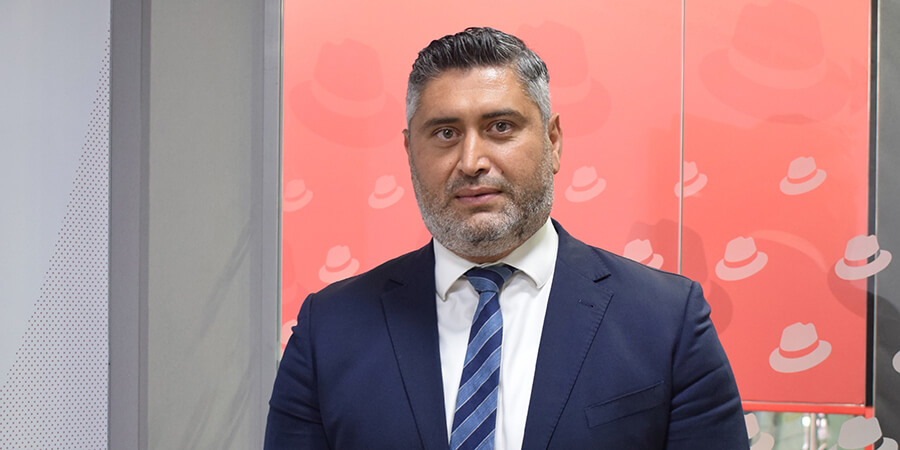At GITEX GLOBAL, Telecom Review conducted an exclusive interview with Ayham Alzaaim, Director of Telco, and Service Providers at CEMETA, Red Hat. The conversation primarily revolved around digital transformation, cloud integration, and the telecom sector's path of innovation.
Please update us on Red Hat's latest efforts in supporting customers’ digital transformation journey.
With Red Hat, we’ve been involved in a few initiatives, and I like to classify these initiatives into two areas: technology and people.
On the technology front, we are working with our customers and partners to provide a horizontal platform – Red Hat OpenShift – which forms the basis for an open, hybrid cloud strategy. With Red Hat OpenShift, our customers can efficiently and effectively onboard both third-party and customized, homegrown applications in a safe and secure manner.
One of the key features of Red Hat OpenShift is its ability to be deployed in multiple locations, whether it's on-premise or any other cloud providers such as AWS, Azure and Google.
The second pillar is the people, along with the process. One of the things that we are working on with our enterprise customers is ensuring that people have the right enablement, skillsets, and capabilities to be able to bring the technology to life and make it secure and agile enough to meet the requirements of their customers, the industry, and the changing world.
We are also working with telcos, enterprises, and organizations across customer industries in bringing in new processes and frameworks, such as Centers of Excellence and Centers of Competence.
What are the challenges of the telecommunications sector in an increasingly cloud-native infrastructure?
A lot of the drive in the telecom sector is around 5G. And if you look at the workloads and use cases of 5G, a lot of them are based on cloud-native and microservices. And when you have a cloud-native, microservices environment, you really need to have a very robust platform that is capable of housing and onboarding these types of applications. You need to have an environment that is able to scale up, from being on-premise to the cloud providers.
If you look at the business that telcos expect over the next three years, they will come from the enterprise. A lot of the vendors who are providing the technology required for those enterprise use cases comes from vendors that we don't know about today. So, telcos need to have the plan – the right cloud and transformation strategy – to ensure that once this ecosystem is available and ready to serve the requirement, they have the right technology, process, and people in place to bring these solutions to market.
Could you provide your perspective on the growth of digital transformation and cloud adoption in the MEA region?
We are in a very ambitious region, driven by a forward-thinking leadership. Thus, the outlook is, ‘How do we provide the best service to the residents to be able to meet the challenges of tomorrow?‘
Digital transformation and cloud adoption are two vehicles that really help accelerate the adoption of new business. Digital transformation accelerates the requirements that are needed to ensure that we have the right skillsets and people. We need to look at how we bring tools that are available today. There’s a very expansive ecosystem with fantastic solutions, and it’s a challenge to ensure that we bring those solutions to market or help our customers bring those solutions to market in the most efficient and effective way.
With Red Hat, our focus is helping our customers have the right enablement, skillsets and technology. We’re working with our partners in the ecosystem to ensure that the solutions they bring have the right level of security and agility that our customers can benefit from.










